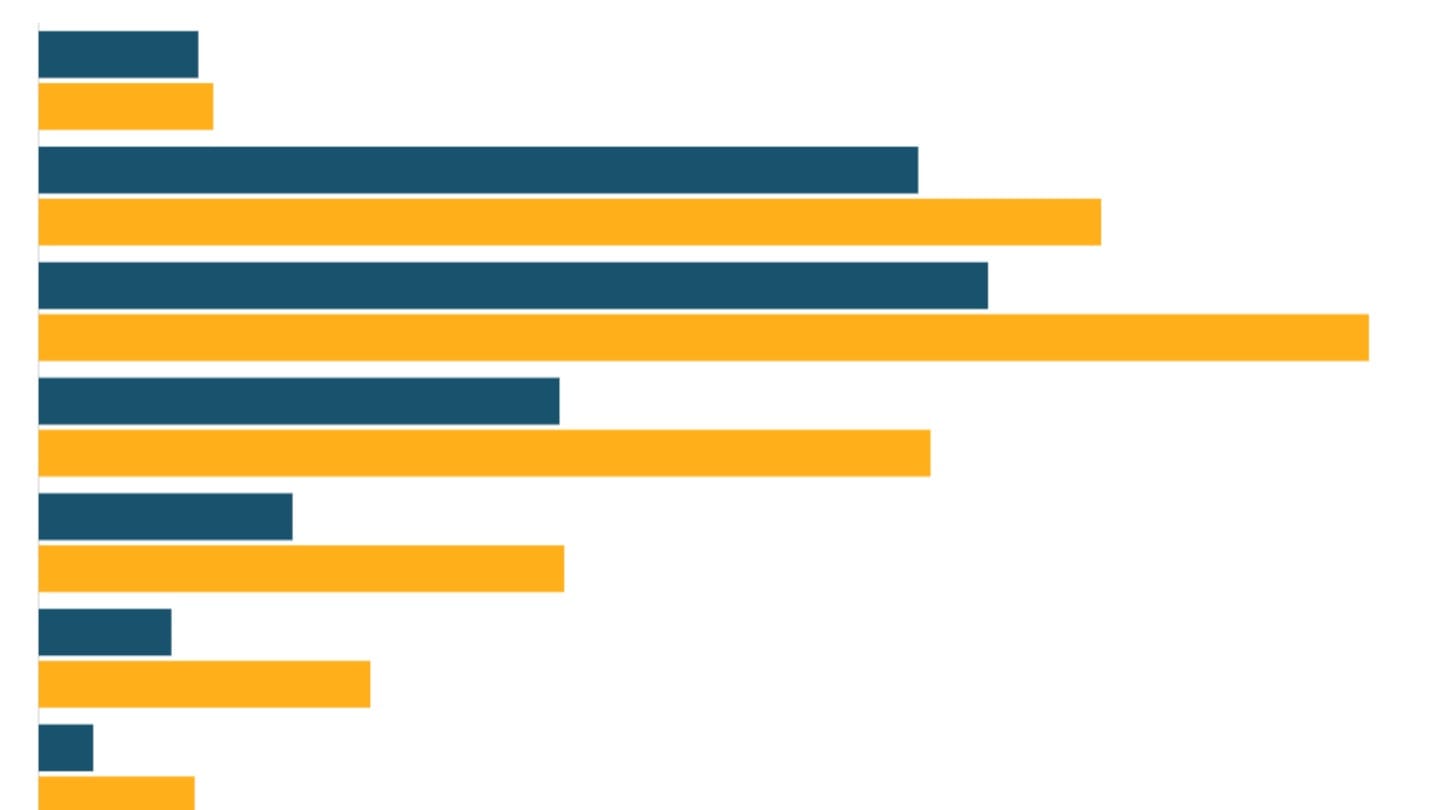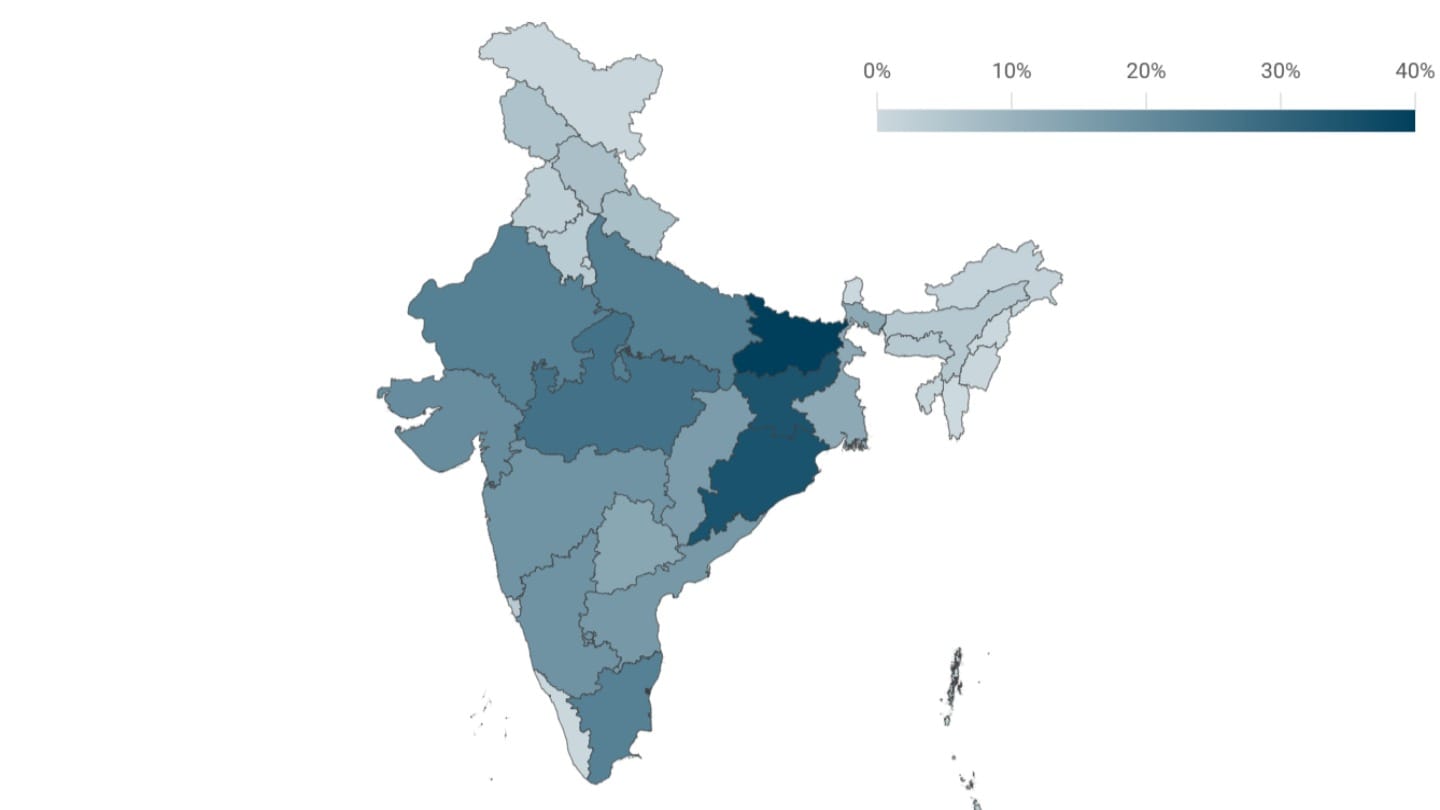Literacy in India
India is nearing universal literacy, and historic gaps between socio-economic groups are narrowing.
The most basic measure of educational outcomes is literacy. From fewer than two in ten Indians literate in the early 1950s, eight in ten Indians are now literate.[1]
India's Census as well as the nationally representative sample surveys by the National Sample Survey Office (NSSO) consider a person to be literate if they are able to read and write a sentence in any language with proper understanding of what they are reading or writing[2]. (Children below the age of 6 are not considered in the calculation of literacy rate.)
This means that one in five Indians cannot read and write a sentence with proper understanding. The illiterates, however, are concentrated among the elderly. Half of India's illiterate population is above 50 years of age. Meanwhile, illiteracy has been virtually eliminated among children and teenagers.
Literacy in India lags behind the world average, but the data shows that that is largely a historical legacy. Youth literacy is rising fast suggesting that India is on the path to near-universal literacy.
Despite this progress in literacy, gaps remain. Not all groups are at equal levels of literacy - male literacy is higher than female, and literacy is higher in urban than rural areas. But these gaps have narrowed over time as well.
Literacy rates are substantially higher among people who do not belong to any marginalised group, compared to the Indians who belong to the Scheduled Castes and the Scheduled Tribes[3].
Among Indian states, some of India's north-eastern states, as well as wealthier states including Goa and Kerala are approaching the milestone of 100% literacy. Andhra Pradesh, meanwhile, has India's lowest literacy rates.
The relative speed at which literacy improved differs across states. Literacy improved faster in Bihar and Jharkhand than in Andhra Pradesh in the recent decade.
[1] Data from 1951 to 2011 is sourced from the Reserve Bank of India, and is based on data from the Registrar General and Census Commissioner of India. The first few Censuses reported literacy for ages 5 and above, while the recent ones reported it for ages 7 and above. As 2011 is the last conducted Census, data for 2023 is sourced from the Periodic Labour Force Survey 2022-23 of the National Sample Survey Office
[2] The Census considers children aged six and below as illiterate, and defines literacy as the ability of people above seven years of age to read and write with understanding in any language. The national sample surveys consider a person to be literate if they can read and write a simple message/sentence in any language with understanding.
[3] Literacy by gender and region is sourced from PLFS 2022-23, while that by social group is sourced from NSS Round 78 (2020). Scheduled Castes and Scheduled Tribes are among the most historically marginalised communities in India, and as a result have constitutional provisions for affirmative action




